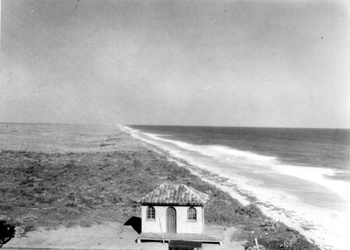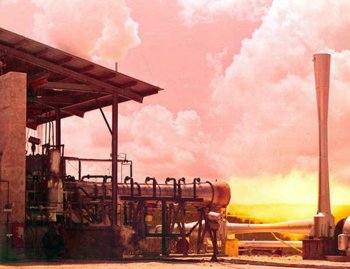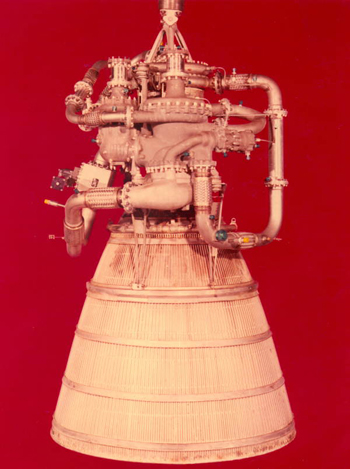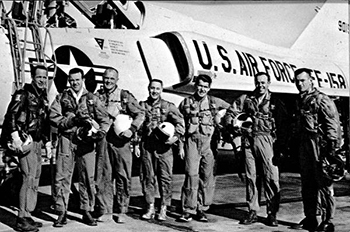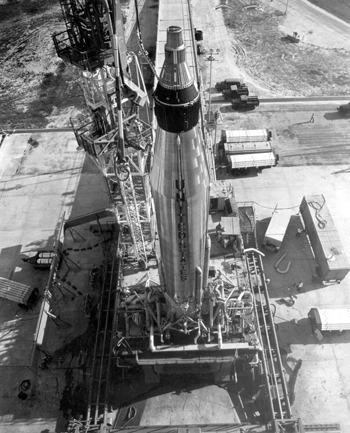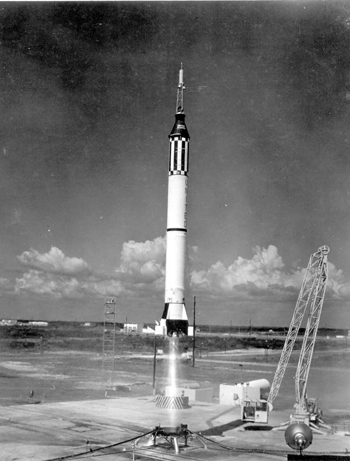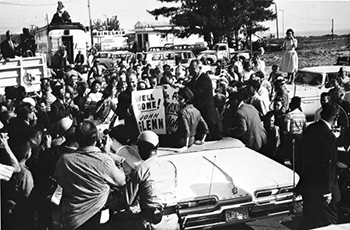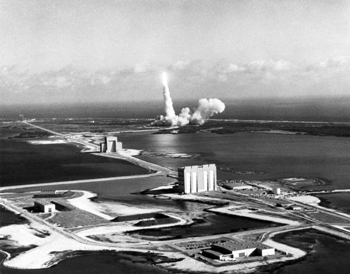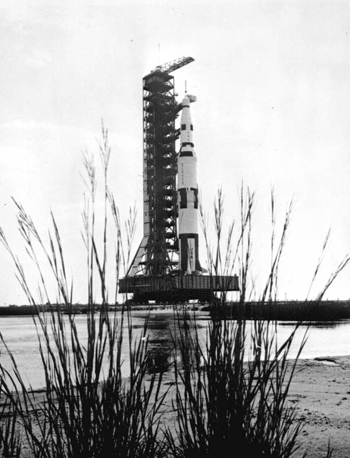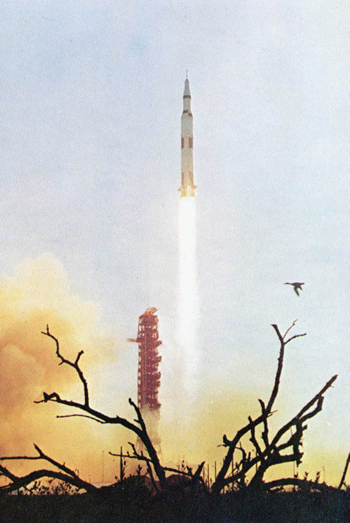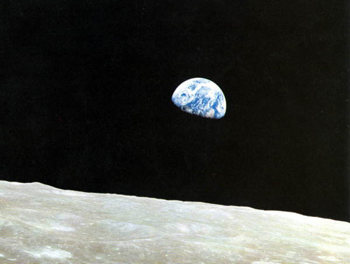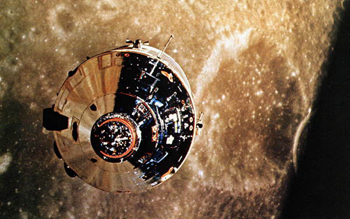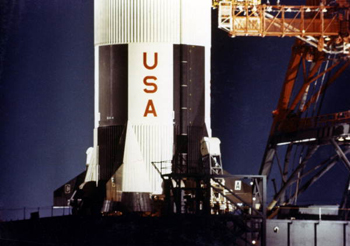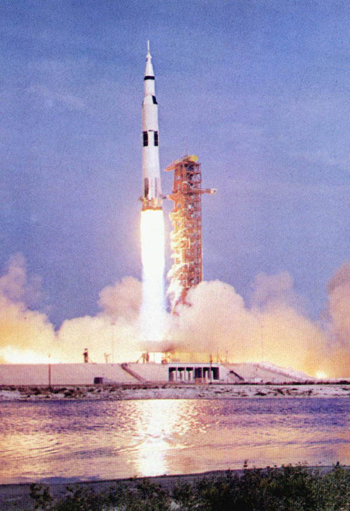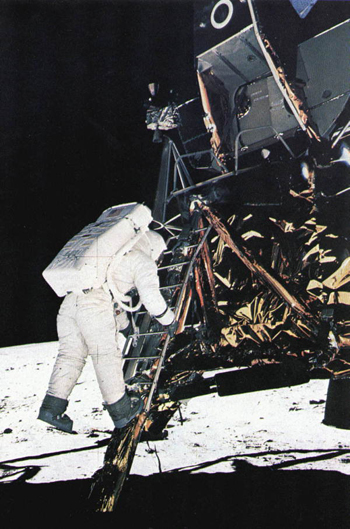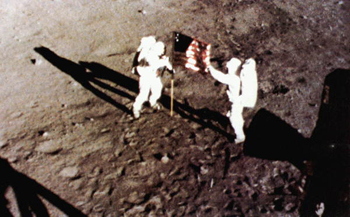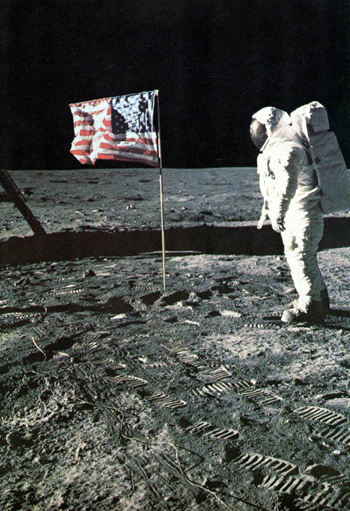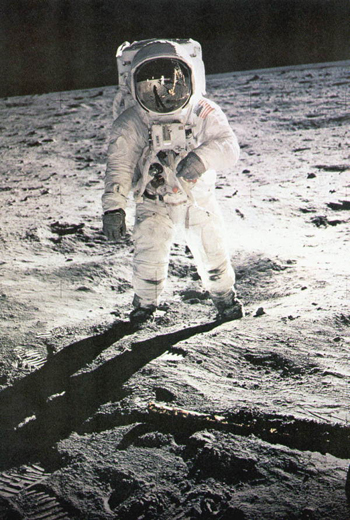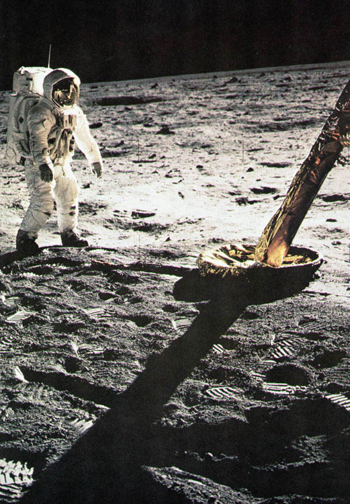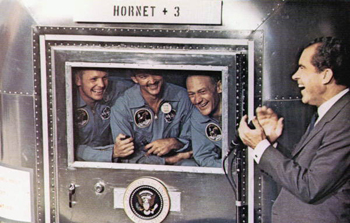NASA and the Space Program Change Florida
Photos and History
An Empty Florida Beach Becomes a Spaceport
Cape Canaveral was geographically very well suited to become America’s spaceport. It was a sparsely populated strip of flat land facing the ocean. Railroads and ships could bring in the materials to build the launch pad and space station. The Caribbean islands were near enough for monitoring and communication stations.
Mission Control Operator Gene Kranz said, “We could depend only on a learning curve that started at a place that wasn't more than a complex of sand, marsh, and new, raw concrete and asphalt. It wasn’t even Kennedy Space Center then. But it was our first classroom and laboratory” (Gene Kranz, Failure is Not an Option, 13).
Looking north from the casino: Canova Beach, Brevard County, Florida (1929)
Image number: GE1241b
The National Aeronautics and Space Administration (NASA)
The Soviet Union launched Sputnik I, the first man-made satellite, into space with the Sputnik Flight in 1957. The United States watched the Soviet satellite beeping and blinking across the American night sky. Sputnik I weighed only 184 pounds and could do little more than beep, but many Americans worried that this meant the United States was losing the race to develop space technology.
Pressure exploded from United States politicians and the American public demanding that the country catch up and increase investment in rocket technology and aeronautics.
President Dwight D. Eisenhower established the National Aeronautics and Space Administration (NASA) on October 1, 1958. Texas Senator Lyndon Johnson, under the president’s direction, spearheaded an effort to safely send a human into outer space.
Rocket engine undergoing tests: Apix, Florida (1958)
Image number: RC08584
In the late 1950s, the government created a fictitious town named Apix (Air Products Incorporated, Experimental) to build and test rocket engines powered by liquid hydrogen in order to keep pace with Soviet Union developments.
Highly classified and requiring a large degree of secrecy, the project was given the code name "Suntan." Land near the testing ground was platted for houses to conceal the true nature of the site. Apix was given a bogus population to add to its cover as a small fertilizer-producing community.
By June 1959, the use of liquid hydrogen was determined to be too costly. The project was abandoned and Apix was dismantled.
Rocket engine developed by Pratt & Whitney Aircraft (1959)
Image number: RC08589
The Pratt & Whitney Aircraft XLR115 liquid-hydrogen-fueled rocket engine, developed at the Florida Research and Development Center, was designed to be used in the Centaur and Saturn Space Vehicles.
Project Mercury
Project Mercury was the first human spaceflight program of the United States. The goals of the program were to place a manned spacecraft in orbit around Earth, investigate man's performance capabilities and ability to function in space, and recover both man and spacecraft safely.
Original seven Project Mercury astronauts with U.S. Air Force F-106B jet aircraft
Image number: N041264
From left to right: Navy Lt. Comdr. M. Scott Carpenter; Air Force Capt. Leroy "Gordon" Cooper; Marine Lt. Col. John H. Glenn, Jr.; Air Force Capt. Virgil I. Grissom; Navy Lt. Comdr. Walter M. Schirra, Jr.; Navy Lt. Comdr. Alan B. Shepard, Jr.; and Air Force Major Donald K. Slayton. The pilots were selected in 1959 and the project ended in 1963.
View of Atlas Missile 10D with Mercury Capsule installed: Cape Canaveral, Florida (1959)
Image number: C038461
Launch of America's first man in space: Cape Canaveral, Florida (1961)
Image number: RC04805
Alan B. Shepard Jr. flew a suborbital trajectory on a Mercury-Redstone vehicle named Freedom 7.
Photographed on May 5, 1961.
Parade welcoming John Glenn back to earth: Cocoa Beach, Florida (1962)
Image number: N041265
The Friendship 7 flight made John Glenn the first American to circle the earth.
Kennedy Space Center
NASA established a new space launch center on Brevard County’s Cape Canaveral in 1962, which had been used as a missile testing center. The next year, President Lyndon B. Johnson renamed the center in honor of the recently assassinated John F. Kennedy, calling it the Kennedy Space Center. Cape Canaveral was also known as Cape Kennedy from 1963 to 1973.
Titan III launch: Cape Canaveral, Florida (ca. 1965)
Image number: RC09825
Apollo Saturn V space vehicle (1966)
Image number: PR10170
An Apollo Saturn V facilities vehicle is being moved toward the launch complex.
This test vehicle (Apollo Saturn 500-F) was used to verify launch facilities, train launch crews and develop test and checkout procedures. It is 365 feet tall.
A 3,000-ton crawler moved under the mobile launcher, lifting the launcher and the vehicle off its support pedestals. The combined weight of the launcher and space vehicle was almost 6,000 tons.
To the Moon
Apollo 8 was the first human spaceflight mission to travel to, but not land on, Earth's moon. The three-man American crew consisted of Frank Borman, Commander; James Lovell, Command Module Pilot; and William Anders, Lunar Module Pilot.
The crew of Apollo 10 also orbited the moon but did not land. The astronauts were Thomas Stafford, Commander; John Young, Command Module Pilot; and Eugene Cernan, Lunar Module Pilot.
Launch of the Apollo 8 spacecraft (1968)
Image number: PR10203
The Apollo 8 mission took launched on December 21 and landed on December 27, 1968. The astronauts were Frank Borman, Commander; William A. Anders, Lunar Module Pilot; and James A. Lovell, Jr., Command Module Pilot.
Earthrise: View from Apollo 8 (1968)
Image number: PR10197
This view of the rising Earth was seen by the Apollo 8 prime crew, astronauts Frank Borman, Commander; James "Jim" A. Lovell, Jr., Command Pilot; and William A. Anders, Lunar Module Pilot, during their orbital flight around the moon.
View of the Apollo 10 command ship in orbit around the moon (1969)
Image number: PR10198
The Apollo 10 mission launched on May 18 and landed on May 26, 1969.
The crew orbited the moon, but did not land. The astronauts were Thomas Stafford, Commander; John Young, Command Module Pilot; and Eugene Cernan, Lunar Module Pilot.
"Houston, Tranquility Base Here. The Eagle Has Landed."
The Apollo 11 mission fulfilled the national goal set by President John F. Kennedy on May 25, 1961 when he addressed Congress with the statement: "I believe that this nation should commit itself to achieving the goal, before this decade is out, of landing a man on the moon and returning him safely to the earth."
On July 20, 1969, Commander Neil Armstrong and Lunar Module Pilot Edwin "Buzz" Aldrin, Jr. landed in the Sea of Tranquility and became the first humans to walk on the moon. Command Module Pilot Michael Collins orbited above in the command ship, Columbia. The three astronauts returned to Earth and landed in the Pacific Ocean on July 24, 1969.
Apollo 11 left from Kennedy Space Center, but Mission Control was in Houston, Texas.
Base of Apollo 11 (1969)
Image number: PR10287
The launch of Apollo 11 (1969)
Image number: PR10186
Buzz Aldrin on his way to join Neil Armstrong on the moon (1969)
Image number: PR10185
Photographed on July 20, 1969.
Astronauts Neil Armstrong and Buzz Aldrin erecting a U.S. flag on the moon (1969)
Image number: PR10188
View of the U.S. flag with Astronaut Aldrin at Tranquility Base (1969)
Image number: PR10192
Astronaut Aldrin's faceplate reflecting Neil Armstrong on the moon (1969)
Image number: PR10187
Buzz Aldrin on his way toward the Lunar Module (1969)
Image number: PR10189
Astronauts greeted by President Nixon upon their return (1969)
Image number: PR10181a
Though separated by the Mobile Quarantine Facility's window, President Richard Nixon greeted the returning crew of Apollo 11. Left to Right: Neil Armstrong, Michael Collins and Edwin Aldrin.

 Listen: The Bluegrass & Old-Time Program
Listen: The Bluegrass & Old-Time Program